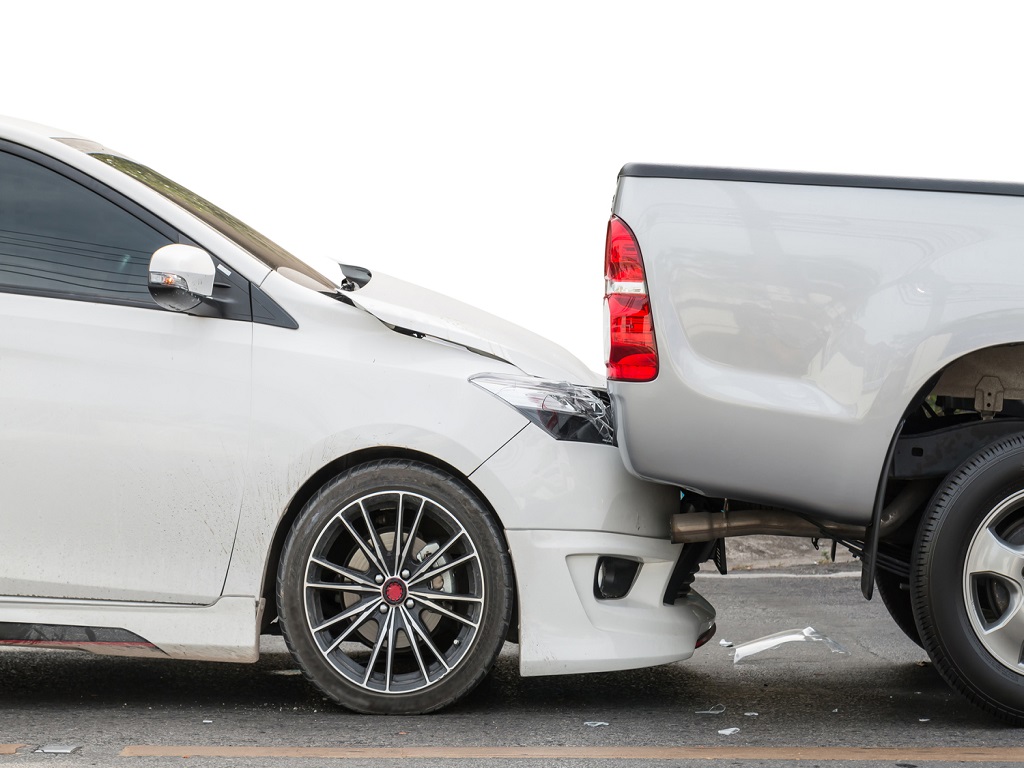Whether you’re buying car insurance for the first time or the twentieth, you may not be entirely sure of how exactly to go about the process. We’ve tried to simplify the process with a step-by-step guide.
Decide How To Buy Insurance
You can choose to buy insurance directly from an insurance company or go through an independent insurance broker. If you already have homeowners or renters insurance, you could get a discount if you bought car insurance from the same company. If you already have car insurance and want to add a new car to it, ask for quotes from your coverage provider and others to see who’s offer is the best.
Figure out How Much Coverage You Need
Take a moment to understand the components of auto insurance. Liability coverage covers the costs if you cause an accident, damage property, or injure someone with your car. It is mandatory in most states and should be at least equal to the assets you own. There are other types that are optional and depend on your budget and requirements from your lender.
Fill an Application
You’ll need the following for all drivers in the household to make an application — names of all drivers, birth dates, driver’s license numbers, Social Security numbers, VINs for all vehicles, address, and declarations page from the most recent car insurance.
Get Quotes
You’re likely to receive multiple versions of a quote – a basic one with low coverage, a standard option with average coverage, and a third option with high coverage limits. Ideally, you should get high coverage limits but study the quote carefully for unnecessary coverages too. And remember, if you agree to a higher deductible, you’ll save on your premium.
Compare
Review quotes and insurance companies by checking out their ratings on third-party sites. Check if any complaints have been filed against them in the NAIC or if there are any legal or regulatory issues. Ensure that they have good customer service reviews too.
Choose
After all your research, pick the company you’re comfortable with, pay your premium, and get insured.
Cancel
If necessary, remember to cancel your old policy only after your new coverage starts.

